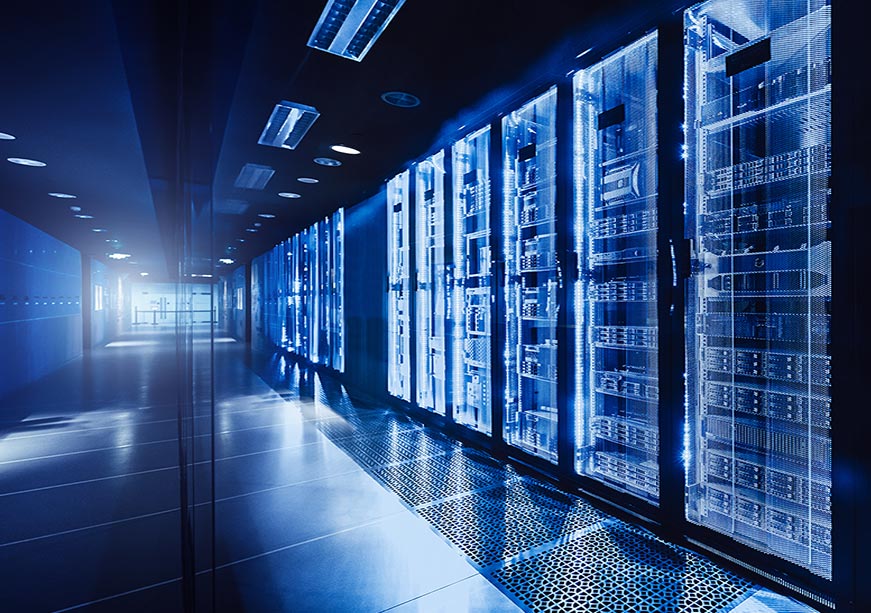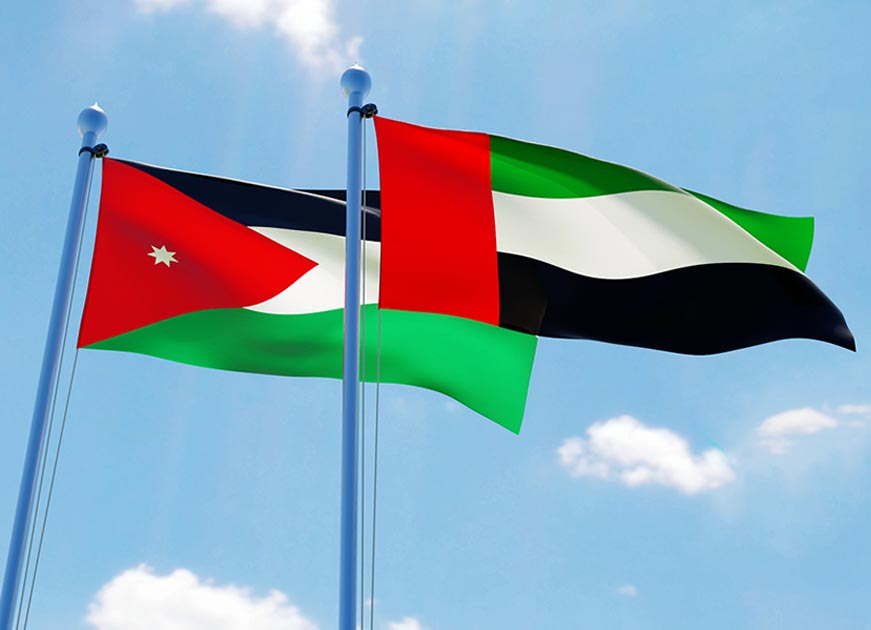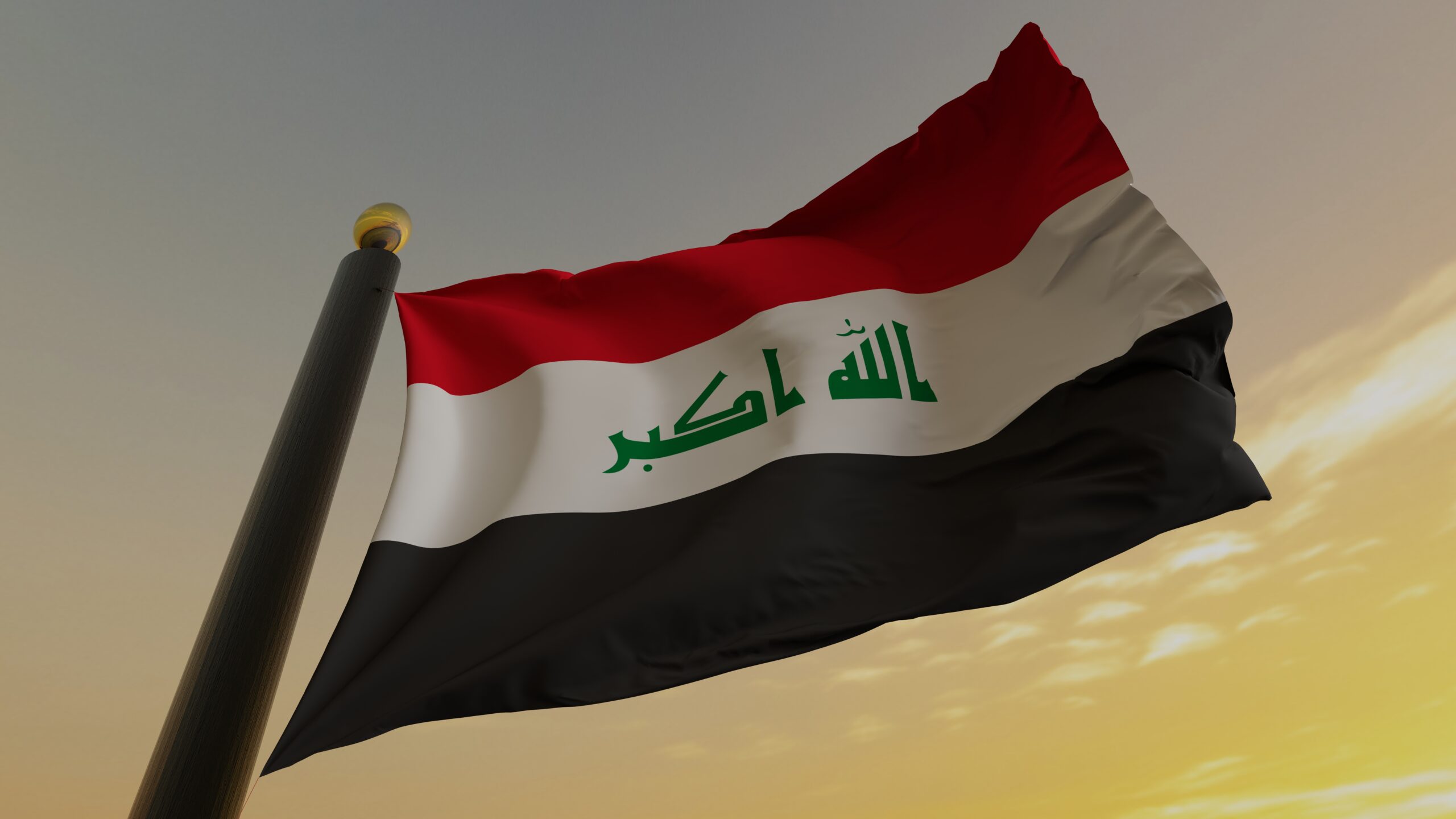The Gulf states are investing heavily in sovereign, sustainable, and secure data infrastructure, recasting data centres as engines of economic transformation, security resilience, and geopolitical influence.
In the digital age, data is emerging as the world’s most strategic asset, powering everything from Artificial Intelligence (AI) innovation and e-government platforms to defence systems and smart cities. At the heart of this transformation are data centres, the critical infrastructure that store, process, and route massive volumes of digital information.
For the Gulf Cooperation Council (GCC) states, the rise of data centres signals more than technological advancement. It represents a strategic recalibration aimed at securing digital sovereignty, driving economic diversification, and bolstering national resilience.
Data Centres and Digital Sovereignty in the Gulf
Data centres are the operational core of modern digital ecosystems. They enable cloud computing, financial systems, AI analytics, biometric databases, and secure communications. As demand for high-performance computing surges globally, hyperscale facilities capable of consuming tens of megawatts are becoming the norm. Hyperscale typically refers to facilities that house thousands of servers and span over 10,000 square meters (or about 100,000 square feet). A single hyperscale AI data centre can consume over 50 megawatts of power.
Control over these facilities offers geopolitical leverage, economic empowerment, and enhanced military capabilities. Economically, data centres are foundational for emerging sectors such as AI, smart cities, fintech, and digital media. From a security perspective, they serve as the central nervous system for command-and-control, intelligence analysis, and surveillance operations.
Strict data localisation laws have emerged across the region. Saudi Arabia and the UAE now require sensitive data to be stored within national borders, compelling multinational companies to host data locally.
The GCC’s data centre boom is closely tied to the rise of AI and a global shift toward digital sovereignty. Data centres are integral to national transformation programmes, such as Saudi Arabia’s Vision 2030 and the UAE’s Digital Economy Strategy. Saudi Arabia has committed $1.5 billion to AI compute projects, while the UAE’s G42, a leading Abu Dhabi-based AI and cloud computing company, operates sophisticated environments tailored for genomics, predictive analytics, and autonomous technologies. G42 is also spearheading the $20 billion Stargate UAE project, an AI-focused hyperscale data centre with a planned capacity of 5GW and the ability to host up to 2.5 million GPUs, in partnership with OpenAI, Nvidia, Oracle, and SoftBank. As OpenAI’s first international site, the project positions the UAE as a strategic node in the global AI infrastructure and highlights its commitment to sovereign AI ecosystems.
Simultaneously, strict data localisation laws have emerged across the region. Saudi Arabia and the UAE now require sensitive data to be stored within national borders, compelling multinational companies to host data locally. These regulations not only enhance national oversight but also incentivise domestic infrastructure development.
Strategically positioned local data centres significantly reduce latency by processing data closer to end-users and eliminating the need to route data internationally. This is particularly critical in sectors such as high-frequency trading, smart surveillance, autonomous vehicles, and border control, where milliseconds can impact performance and security outcomes.
Security, Dual-Use Infrastructure and Cyberthreats
As data centres evolve into national critical infrastructure, they face rising security risks. These facilities host sensitive governmental, commercial, and military data, making them prime targets for cyberattacks. Incidents like the Shamoon virus attacks on Saudi Aramco, which in 2012 wiped data from over 30,000 computers and disrupted operations, demonstrate the scale of potential disruption. In response, GCC states have developed robust national cybersecurity frameworks and incorporated zero-trust architectures, biometric access, and AI-based threat detection.
Many Gulf data centres serve both civilian and military roles, powering command systems, surveillance analytics, and digital logistics. This dual-use reality elevates their strategic value and vulnerability, necessitating clear separation protocols, classified zones, and high-assurance encryption to guard against espionage or hybrid attacks.
GCC states have developed robust national cybersecurity frameworks and incorporated zero-trust architectures, biometric access, and AI-based threat detection.
Operating data centres in arid climates presents unique challenges. Extreme heat and water scarcity require innovations in cooling and power supply. Solar energy, battery storage, and liquid immersion cooling are being deployed to improve energy efficiency. The goal: achieve PUE ratios (Power Usage Effectiveness, a metric that measures how efficiently a data centre uses energy beyond computing needs) below 1.3 while ensuring continuous uptime in harsh environments.
Gulf Ambition: Sustainability and Commitment to the Digital Age
Geographically, the Gulf’s location at the crossroads of Asia, Europe, and Africa amplifies its potential as a digital corridor. The UAE leads the region in operational data centres and has embedded sustainability into its digital transformation narrative. Abu Dhabi’s G42 and Dubai’s Moro Hub, the world’s largest solar-powered data centre, are testaments to its dual strategy of technological openness and sovereign infrastructure. Through multi-cloud partnerships and sovereign cloud zones, the UAE balances foreign engagement with data control. These centres integrate energy-efficient cooling, liquid immersion technologies, and AI-assisted management to reduce emissions and operational costs. NEOM’s data infrastructure is also being designed to run entirely on renewable energy. With sustainability benchmarks increasingly tied to investment attractiveness, the Gulf’s push toward environmental, social, and governance (ESG)-compliant data centres enhances its competitiveness in global digital markets.
In Saudi Arabia, digital infrastructure is a core pillar of Vision 2030, with the NEOM region set to host a 1.5-gigawatt data centre campus in its Oxagon industrial zone, one of the largest planned data installations globally. These facilities will serve AI-driven urban management, surveillance, and logistics platforms envisioned for NEOM’s futuristic smart city model. Saudi Arabia is also focused on hyperscale development, drawing investments from Oracle, Microsoft, and Tencent. Local company stc’s project “centre3” aims to host 70 percent of Saudi internet traffic domestically by 2030.
Though smaller in scale, Oman has carved a niche by becoming a neutral digital transit hub. Located at the intersection of major undersea cables, Muscat and Sohar are evolving into vital digital transit and interconnection points through partnerships with global players like Equinix and Omantel. Equinix’s presence and strategic regulatory openness have allowed it to attract global operators. Its role in regional redundancy and disaster recovery is becoming increasingly valuable.
Bahrain was an early mover with its 2017 “Cloud First” policy and the launch of AWS’s first Middle East cloud region. By combining tax incentives, progressive data protection laws, and cloud-focused startup ecosystems, Bahrain exemplifies how smaller states can lead through agility and reform.
Building Capacity: Investment, Talent and Regional Integration
To support infrastructure growth, GCC governments have implemented favourable investment policies, including tax incentives, land grants, and fast-track regulatory approvals. Saudi Arabia’s Public Investment Fund (PIF) is backing hyperscale developments, while Oman offers strategic coastal land and regulatory clarity.
With sustainability benchmarks increasingly tied to investment attractiveness, the Gulf’s push toward environmental, social, and governance (ESG)-compliant data centres enhances its competitiveness in global digital markets.
Training local talent has become a strategic priority. Programmes such as Saudi Arabia’s Datacenter Academy and the UAE’s “One Million Arab Coders” are cultivating skills in cloud operations, cybersecurity, and data infrastructure management. Sovereign operators like G42 and Khazna offer in-house training. These efforts aim to localise technical roles and reinforce digital sovereignty.
To ensure redundancy and security, Gulf states are investing in failover architectures (systems that automatically switch to a backup server or site if the primary one fails) that mirror critical data across cities and borders to enhance collective resilience. A “GCC Data Grid,” an interconnected fibre and storage backbone, is under consideration to serve as a regional safety net against geopolitical shocks and cyber disruptions.
The rapid rise of data centres across the GCC represents a strategic reimagining of digital power in the 21st century. These facilities are no longer merely enablers of cloud services. They are vital components of economic diversification, security resilience, and state capacity. As Gulf states deepen their investments in sovereign, sustainable, and secure digital infrastructure, they are positioning themselves not just as adopters of global innovation, but as architects of a new geopolitical digital order.
Dr Kristian Alexander is a Senior Fellow and Lead Researcher at the Rabdan Institute for Security & Defence Research, Abu Dhabi, UAE.












